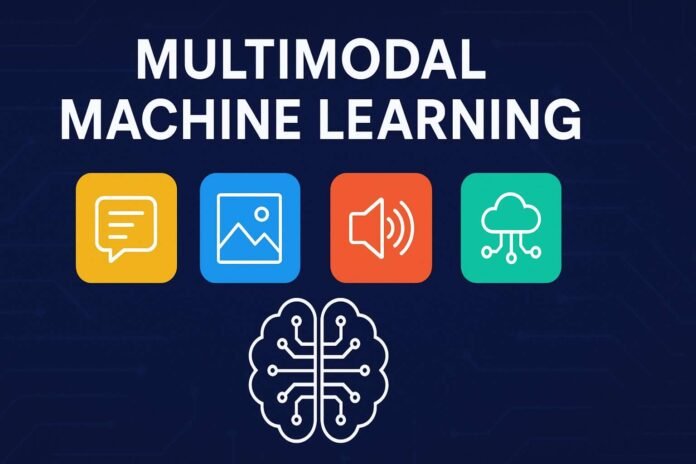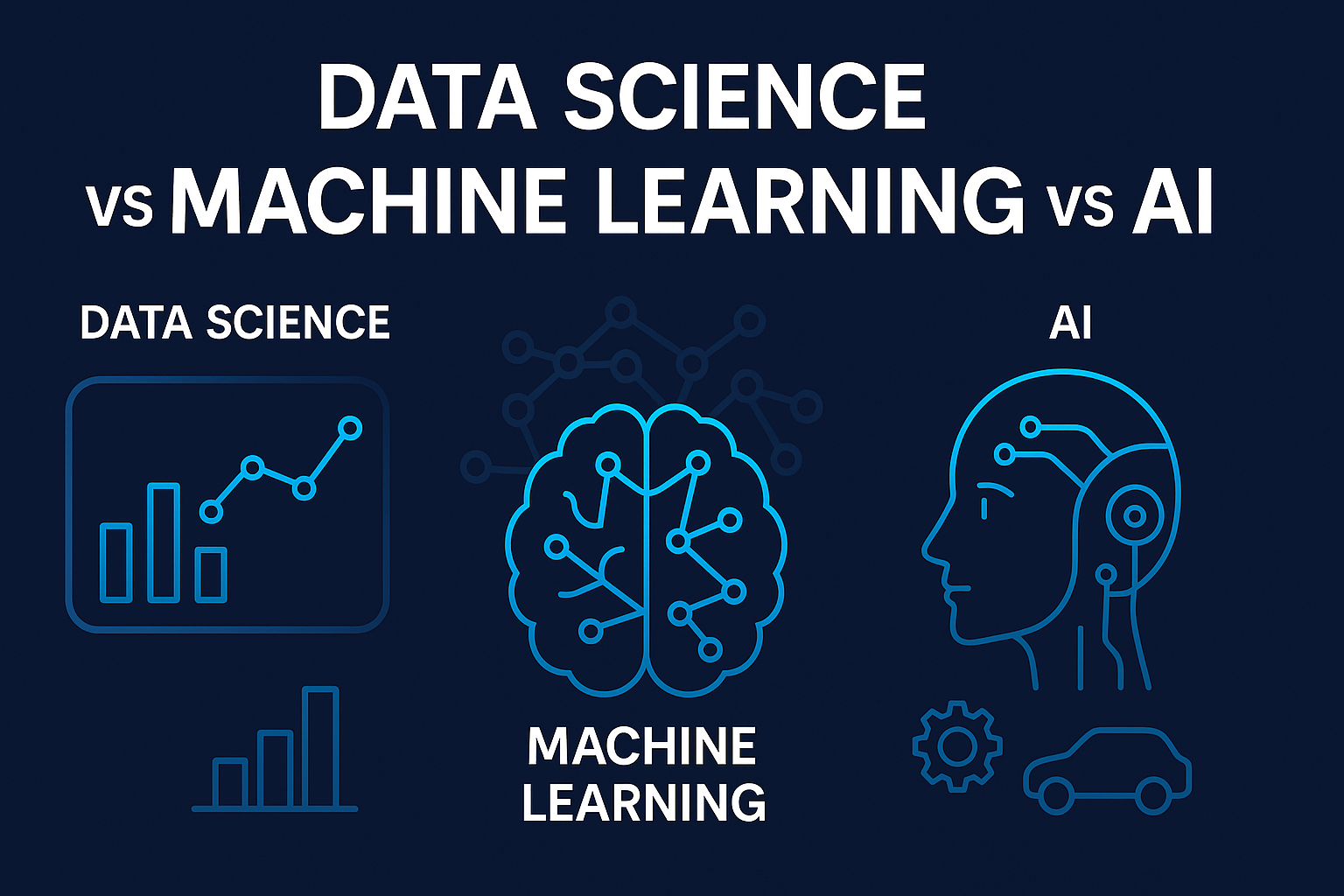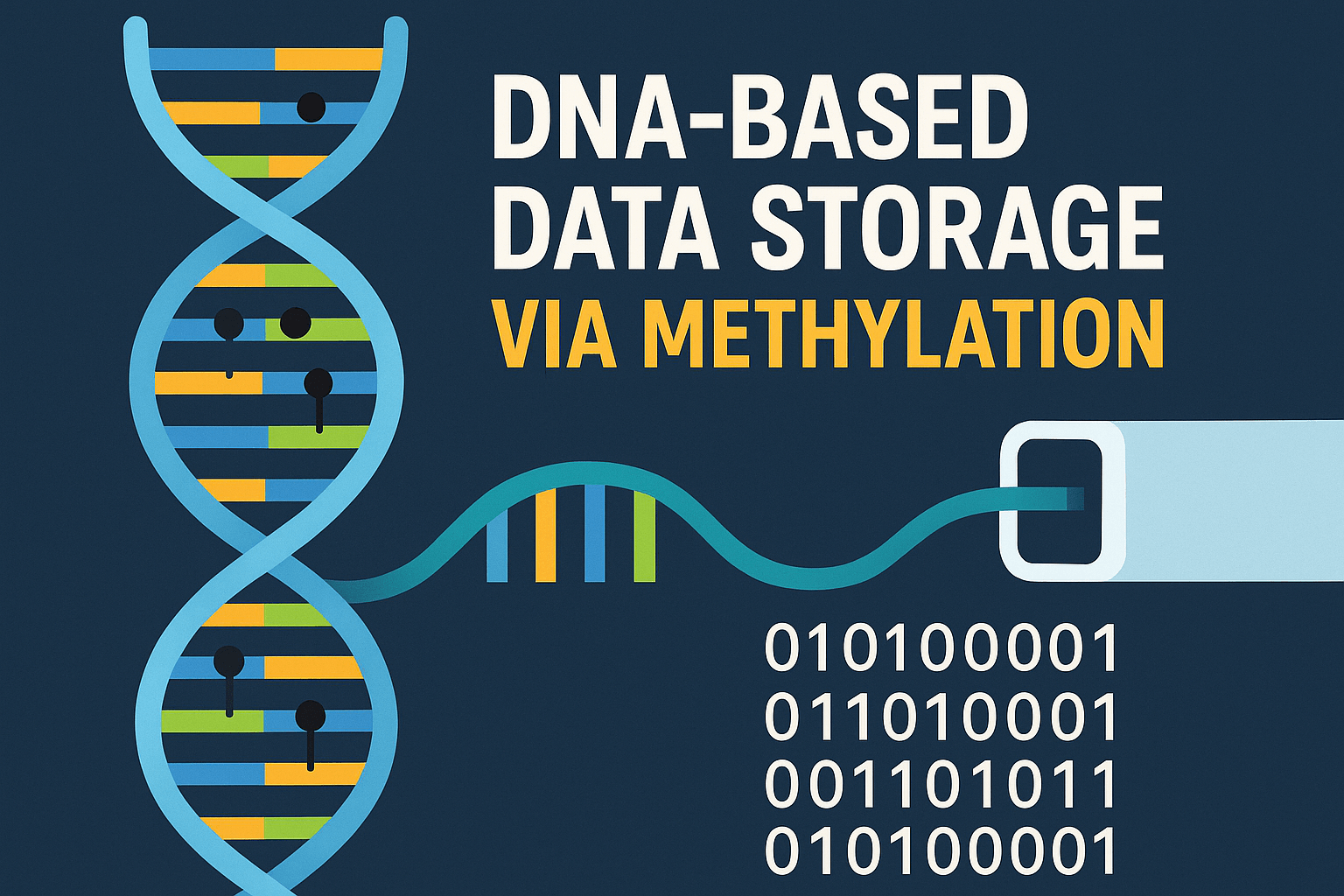Introduction to Multimodal Machine Learning
Artificial Intelligence (AI) has made tremendous strides in recent years, but one of the most transformative advancements is Multimodal Machine Learning (MML). Traditional machine learning systems rely on a single data modality—such as text, image, or audio. In contrast, Multimodal Machine Learning integrates and processes information from multiple data sources to create more intelligent, accurate, and context-aware systems.
This article explores what multimodal machine learning is, how it works, its benefits, real-world applications, challenges, and its promising future—all optimized for Rank Math SEO to help you stay ahead in search engine rankings.
What is Multimodal Machine Learning?
Multimodal Machine Learning refers to the field of artificial intelligence that enables models to learn from data involving multiple modalities or input types—such as:
- Text (NLP)
- Images (Computer Vision)
- Audio (Speech Recognition)
- Video (Temporal Data)
- Sensor Data (IoT, robotics)
For example, consider a video clip. It contains visual data (frames), audio data (speech or music), and possibly text (subtitles or captions). A multimodal model processes all these sources collectively, offering a holistic understanding far superior to single-modality systems.
Unleashing the Power of Machine Learning: A Beginner’s Guide to ML in 2025
Why Is Multimodal Learning Important?
- Richer Understanding of Data: Human perception is inherently multimodal—we see, hear, and feel simultaneously. Mimicking this ability allows AI to interpret real-world scenarios more accurately.
- Improved Accuracy: By combining modalities, models can validate one data stream with another, reducing noise and improving prediction accuracy.
- Context Awareness: Multimodal systems offer deeper context. For example, interpreting sarcasm in text becomes easier when combined with facial expressions or voice tone.
- Robustness and Reliability: If one data modality is incomplete or noisy, other modalities can compensate, making systems more fault-tolerant.
How Multimodal Machine Learning Works
1. Input Representation
Each data type (modality) is preprocessed and encoded using appropriate techniques:
- Text: Word embeddings (e.g., Word2Vec, BERT)
- Image: CNN features (ResNet, EfficientNet)
- Audio: Spectrograms, MFCCs, etc.
2. Fusion Strategies
Multimodal data must be fused to create a unified representation:
- Early Fusion: Combines raw data or features before processing.
- Late Fusion: Combines predictions from individual modalities.
- Hybrid Fusion: Merges both early and late fusion for better flexibility.
3. Model Architecture
Deep neural networks—especially transformers—are widely used in multimodal models. Examples include:
- CLIP (Contrastive Language–Image Pretraining)
- Flamingo (Google DeepMind)
- VisualBERT, LXMERT (for vision + language tasks)
4. Output Prediction
The final output depends on the application: classification, generation, or decision-making.
Real-World Applications of Multimodal Machine Learning
1. Virtual Assistants: Amazon Alexa and Google Assistant process voice commands (audio), transcribe them to text (NLP), and sometimes incorporate visual context via smart displays.
2. Healthcare: Combining medical imaging (X-rays), clinical notes, and sensor data allows for more accurate diagnostics and treatment planning.
3. Sentiment Analysis in Social Media: Analyzing text, images, emojis, and even audio or video clips helps brands monitor customer sentiments more precisely.
4. Autonomous Vehicles: Self-driving cars process LiDAR data, video feeds, and sensor inputs to make real-time driving decisions.
5. Affective Computing: Detecting human emotions by integrating facial expressions, tone of voice, and physiological signals (heart rate, skin response).
6. Content Recommendation: Streaming platforms use multimodal learning to recommend shows based on viewing history, metadata, thumbnails, and even trailer analysis.
Benefits of Multimodal Machine Learning
| Benefit | Description |
|---|---|
| High Accuracy | Fusion of multiple data streams improves predictive power. |
| Real-Time Decision Making | Useful in robotics, automotive, and surveillance. |
| More Human-Like AI | Emulates human multi-sensory input processing. |
| Better User Experience | Enhances interaction in AR/VR and voice-based systems. |
| Cross-Modality Learning | One modality can help infer missing data from another. |
Challenges in Multimodal Machine Learning
1. Data Alignment: Synchronizing multiple data types, such as aligning audio with video frames, is complex.
2. Modality Imbalance: Some modalities may dominate learning, leading to skewed results.
3. Data Scarcity: High-quality, annotated multimodal datasets are limited.
4. Computational Costs: Training and deploying multimodal models requires large memory and processing resources.
5. Generalization Issues: Models trained on specific modalities may not generalize well across domains.
Tools and Libraries for Multimodal Learning
- Hugging Face Transformers – Models like CLIP, DALL·E, and Flamingo.
- OpenAI’s GPT-4o – Processes text, vision, and audio seamlessly.
- TensorFlow & PyTorch – Core frameworks for building custom multimodal models.
- DeepMind Perceiver – A general-purpose architecture for handling multiple modalities.
Future Trends in Multimodal Machine Learning
1. Foundation Models: Large-scale pre-trained models (like GPT-4o, Gemini, Claude 3) that understand and generate across modalities are becoming the standard.
2. Vision-Language-Action Models: Next-gen robotics will use unified models to see, read instructions, and take actions—all driven by multimodal learning.
3. Multimodal Security Systems: Integration of facial recognition, fingerprint, voice, and behavioral patterns for advanced authentication.
4. Multilingual + Multimodal: Combining language translation and multimodal understanding for global accessibility.
Conclusion
Multimodal Machine Learning is revolutionizing how machines perceive and interact with the world. From enhancing AI assistants and medical diagnosis to powering autonomous systems and creative content generation, MML is at the core of next-gen AI.
Its ability to mimic human perception by merging text, image, audio, and sensor data creates more robust, context-aware, and reliable systems. As foundational multimodal models continue to evolve, they promise a future where AI is not only smarter but also more intuitive and empathetic.
Ready to explore the future of AI? Start experimenting with multimodal models today using open-source tools and datasets.
FAQs About Multimodal Machine Learning
❓ What is the difference between unimodal and multimodal learning?
Unimodal learning uses a single data source, while multimodal learning integrates multiple modalities like text, images, and audio.
❓ Is multimodal AI better than traditional AI?
Yes, multimodal AI generally provides better context understanding and robustness by learning from diverse data types.
❓ What industries benefit most from multimodal ML?
Healthcare, autonomous vehicles, customer service, entertainment, and security systems benefit greatly from multimodal AI.
Tools & Libraries
- TensorFlow Multimodal Examples
https://www.tensorflow.org/tutorials/keras/multimodal - Facebook’s Multimodal Research (FAIR)
https://ai.facebook.com/research/












